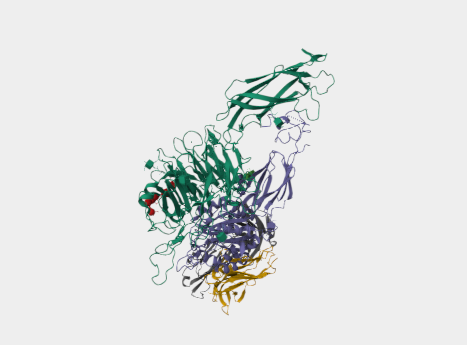Key features and details | |
Cat. No. | MABL-1019 |
Name | Anti-CD49E mAbs |
Clone No. | AFD- SAM1 |
From | Recombinant Antibody |
Isotype | Engineer antibody |
Application | functional assay, FC, IF, IHC |
Species Reactivity | Human |
Basic Information | |
Specificity | This antibody is specific for human CD49E. CD49E is a receptor for fibronectin and fibrinogen. It recognizes the sequence R-G-D in its ligands. CD49E binds to PLA2G2A via a site (site 2) which is distinct from the classical ligand-binding site (site 1) and this induces integrin conformational changes and enhanced ligand binding to site 1. |
Alternative Name | SAM-1; Integrin Alpha 5 |
UniProt | P08648 |
Immunogen | The mouse version of this antibody was raised by immunizing a BALB/c mouse with U 937 cells. |
Application Notes | To determine the potential of human antibodies for use in an endocap-based approach, immunohistochemistry was used on snap-frozen samples of normal liver, hepatocellular cancer, liver metastases of pancreatic cancer, normal pancreas and primary pancreatic cancer using the mouse version of this antibody. Furthermore, the cytotoxic properties of this antibody were determined in a resazurin viability assay on HUVECs and two different tumour cell lines (Wang et al, 2019; pmid:31398471). To evaluate which ligands on the neutrophil mediate adhesion to VCAM-1, flow cytometry was performed on human neutrophils using the mouse version of this antibody (Lomakina and Waugh, 2009; pmid:19134480). To determine the interaction of cells with titanium, immunofluorescence was used on human osteoblastic cells with the mouse version of this antibody. Furthermore, this antibody was used for flow cytometry on MG-63 cells (Lüthen et al, 2005; pmid:15585246). To study how megakaryocytes differentiate and release platelets in the blood, immunofluorescence was performed on megakaryocytes using the mouse version of this antibody (Malara et al, 2011; pmid:21131589). |
Antibody First Published | Vyth-Dreese et al. Regulatory effect of interleukin-4 (IL-4) on the expression and function of lymphocyte adhesion receptors involved in IL-2-induced cell aggregation Immunology. 1993 Feb;78(2):244-51. PMID:8473014 |
Note on publication | Human recombinant interleukin-4 (rIL-4) was studied for its capacity to inhibit rIL-2- induced lymphoid cell aggregation. In contrast to rIL-2, rIL-4 was unable to induce cluster formation by itself. However, when added simultaneously with rIL-2 to cultures of freshly isolated peripheral blood lymphocytes (PBL), rIL-4 inhibited cell aggregation in a dose-dependent way. |
COA Information (For reference only, actual COA shall prevail) | |
Size | 100 μg Purified antibody. |
Concentration | 1 mg/ml. |
Purification | Protein A affinity purified |
Buffer | PBS with 0.02% Proclin 300. |
Concentration | 1 mg/ml. |
Storage Recommendation | Store at 4⁰C for up to 3 months. For longer storage, aliquot and store at - 20⁰C. |



